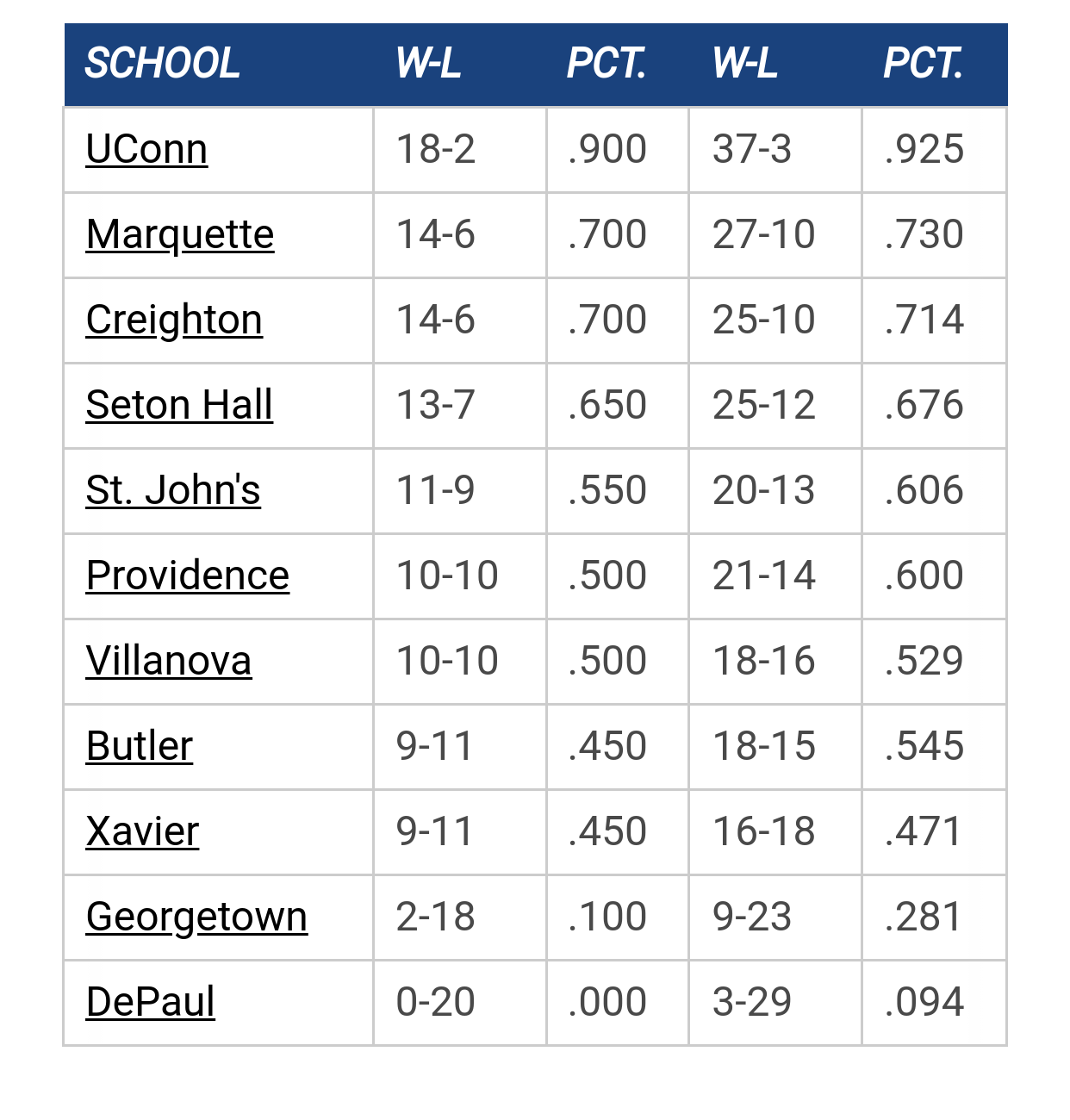- Welcome to MUScoop.
2025-26 Regular Season Record Predictions by Vander Blue Man Group
[Today at 12:14:02 PM]
Marquette vs Albany by Badgerhater
[Today at 11:11:59 AM]
Recruiting as of 9/15/25 by mileskishnish72
[Today at 10:13:03 AM]
2025-26 Non-Marquette College Basketball Discussion Thread by Billy Hoyle
[Today at 09:57:34 AM]
Closed scrimmages by Billy Hoyle
[Today at 09:29:38 AM]
[Cracked Sidewalks] #1-UConn Preview by Shooter McGavin
[Today at 09:15:21 AM]
Single game tix prices by Eye
[Today at 05:21:51 AM]
[Today at 12:14:02 PM]
Marquette vs Albany by Badgerhater
[Today at 11:11:59 AM]
Recruiting as of 9/15/25 by mileskishnish72
[Today at 10:13:03 AM]
2025-26 Non-Marquette College Basketball Discussion Thread by Billy Hoyle
[Today at 09:57:34 AM]
Closed scrimmages by Billy Hoyle
[Today at 09:29:38 AM]
[Cracked Sidewalks] #1-UConn Preview by Shooter McGavin
[Today at 09:15:21 AM]
Single game tix prices by Eye
[Today at 05:21:51 AM]
The absolute only thing required for this FREE registration is a valid e-mail address. We keep all your information confidential and will NEVER give or sell it to anyone else.
Login to get rid of this box (and ads) , or signup NOW!
User actions


